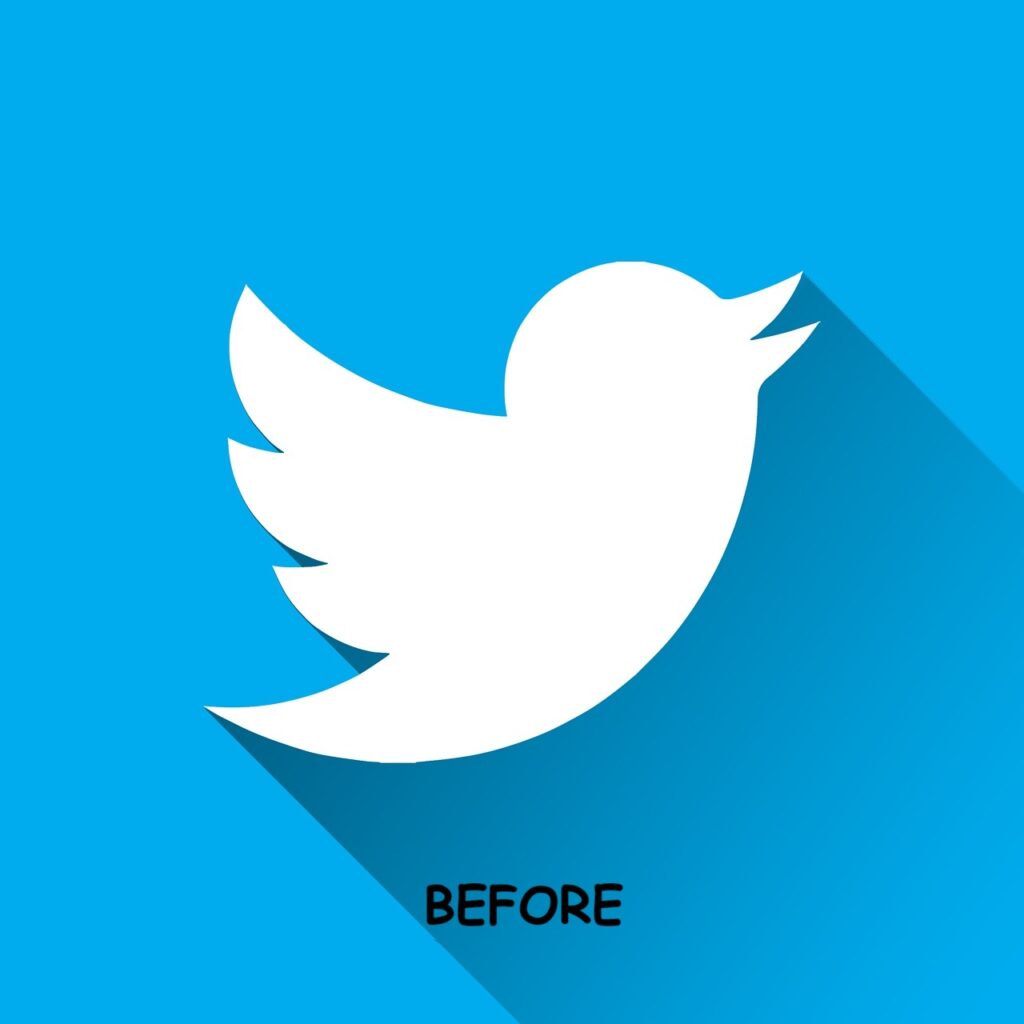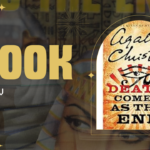Social media has become a huge and inescapable part of our lives. Especially for the latest and upcoming generations – the first thing most people do first thing in the morning, is check their phones. Well, apart from opening their eyes of course.
What is social media: The interactions among people in which they create, share, and/or exchange information and ideas in virtual communities and networks.
Social media has its pros and cons. But have you ever wondered how all this madness began?
Well, there was this guy, Andrew Weinreich, and he was some sort of a techie. I mean, he founded 7 startups and has been awarded 2 software patents. He also launched one of the earliest modern social media sites: Six degrees, in 1997.It allowed users to create profiles, list their friends, and browse those lists of friends. Even the platform’s name has a meaning- Six degrees took its name from the concept of six degrees of separation, which suggests that everyone is connected to everyone else by at most six steps. The platform aimed to leverage this idea by allowing users to connect and interact with friends and friends of friends online.

Unfortunately, Six degrees struggled to sustain its user base and business model, despite its innovative features. It faced challenges in attracting a critical mass of users and generating revenue through advertising or subscriptions. Finally, Six degrees shut down in 2001.
Then came Friendster and MySpace, in 2002 and 2003 respectively. Friendster was one of the first social networking sites to gain significant traction globally. It was launched by Jonathan Abrams and Peter Chin. It allowed users to create profiles, connect with friends, send messages and share content such as photos and blog posts. MySpace was a pioneering social networking website that gained immense popularity in the mid-2000s. It was founded by tom Anderson and Chris DeWolfe, MySpace allowed allowed users to create personal profiles, connect with friends, share music and videos, and customize their pages with HTML and CSS.
Now, all these pages, even though are successful, doesn’t always ring a bell when you hear the name. But the next one, definitely will. Facebook, the platform loved by adults, It was launched in 2006 by Mark Zuckerburg and others, Facebook started as a platform for college students and rapidly expanded worldwide. And 18 years after it was launched, it is the top used social media platforms, with over 3.05 billion MAUs (Monthly Active Users). After this, came the golden age of social media: Twitter, YouTube, and the Thalapathi of social media, Instagram. These three, launched in 2006, 2005, and 2010 respectively, are to this day are one of the most used social media platform.
Twitter, has been through 7 stages of grief since its launch. It was launched in July 2006 by jack Dorsey, Biz Stone, and Evan Williams. Twitter was originally conceived as a platform where users could send SMS-like messages (tweets). The founders wanted to create a service that would allow people to share their status and thoughts in real-time. Over some time, twitter introduced new features such as hashtags, and retweets. The platform become a crucial tool for politician campaigns, activism, and social movements. Twitter faced many problems and challenges through the years. Including concerns over abuse, harassment, and moderation of content. On a effort to combat these issues, Twitter had to change various policies, and tools aimed at improving user safety and content quality. In 2022, Elon musk acquired twitter, and he has completed the rebrand- as the URL, or site name, is officially changed to X.com.


YouTube. The app that’s probably taking up 90% of everybody’s screen time. It was founded by Chad Hurley, Steve Chen, and Jawed Karim in February 2005, quickly became one of the internet’s most popular video-sharing platforms. The idea emerged from the founder’s difficulty in sharing videos online, leading them to create a platform where users could upload, view and share video content easily.
In October 2006, google gave YouTube a sweet stack (to be exact $1.65 in stock) for its acquisition. This helped YouTube expand its infrastructure and gain popularity around the world. YouTube continued to expand its features, such as HD video support, live streaming, and monetization through the years 2007-2010. YouTube launched YouTube Premium; originally called as “YouTube Red” in 2015, offering add-free streaming and exclusive content.
To this day, YouTube is one of the most popularly used social media platforms globally, with billions of users watching and uploading videos on a regular basis. It continues to evolve with new features and initiatives to maintain its positions as a leading video-sharing platform.
And finally, Instagram. The “Thalapathi” of social media. It was founded by Kevin Systrom and Mike Krieger and launched in October 2010. Initially, it was available only on iOS devices; since iOS devices, such as iPhones, were initially more popular amongst tech-savvy demographics. By launching exclusive on iOS devices, Instagram could focus on building a user base within this target audience before expanding further. After gaining enough popularity in iOS, Instagram was easily able to tap into a larger user base: Android. Android devices are more widely used globally.
Even though Instagram is not as popular as Facebook, or YouTube, it is still very successful, having over 1 billion MAUs as of 2022. Instagram is popular because of its Visual Content Sharing: primarily focused on sharing phots and videos, making it a visually engaging platform. Users can easily upload, edit, and share high-quality images and short videos.
In conclusion, social media might seem like a fun, and just a heartwarming experience. But, it is always possible to have too much of a good thing. Social media, isn’t always sunshine and butterflies. There are more than a handful of things that can go wrong while using any social media platform.
Such as:
- Negative impact on mental health: especially on teenagers and young adults. – It is always important to remember that not everything you see on social media is true, people, by nature, only tend to post the happy, and seemingly-perfect part of their life on social media. Comparing oneself to others’ polished lives can lead to unrealistic expectations and a variety of negative emotions.
- Privacy concerns.
- Users may unknowingly share personal data, risking privacy breaches or identity theft.
These are just some examples, there are many more downsides to social media. It is important to be safe while using social media, and always be careful before sharing sensitive information!








